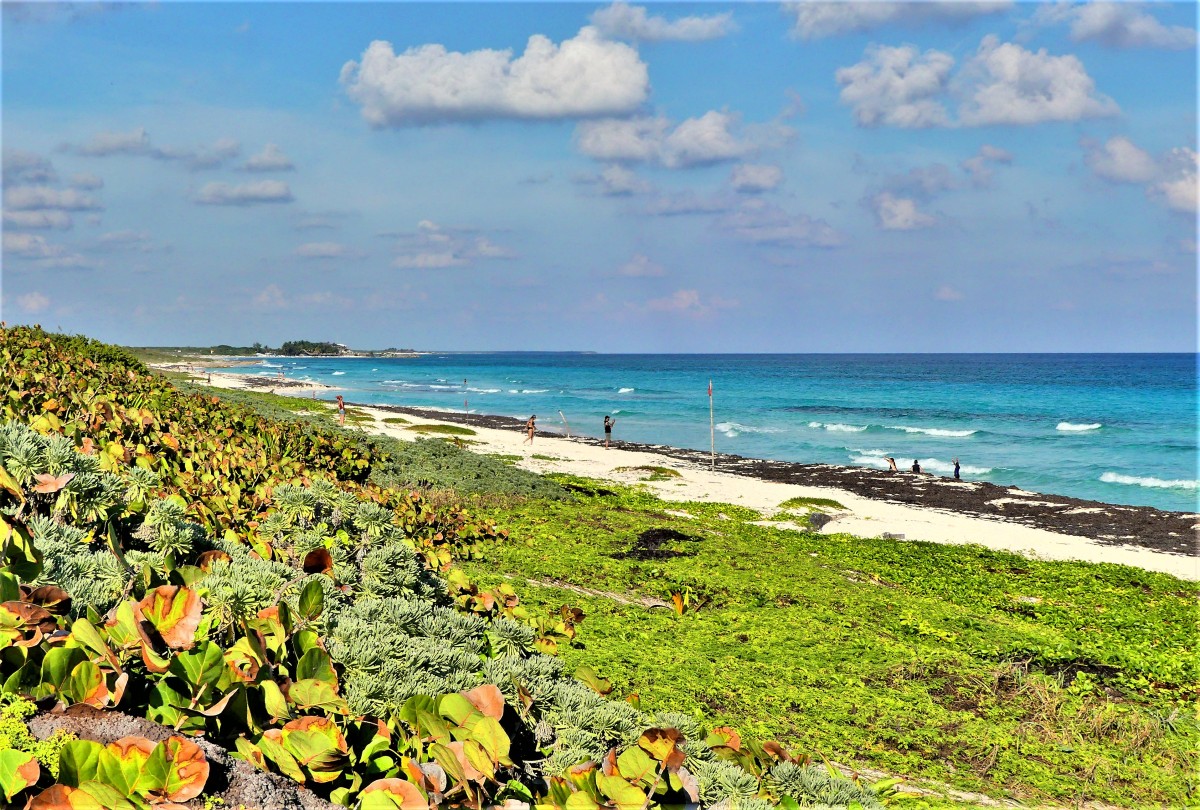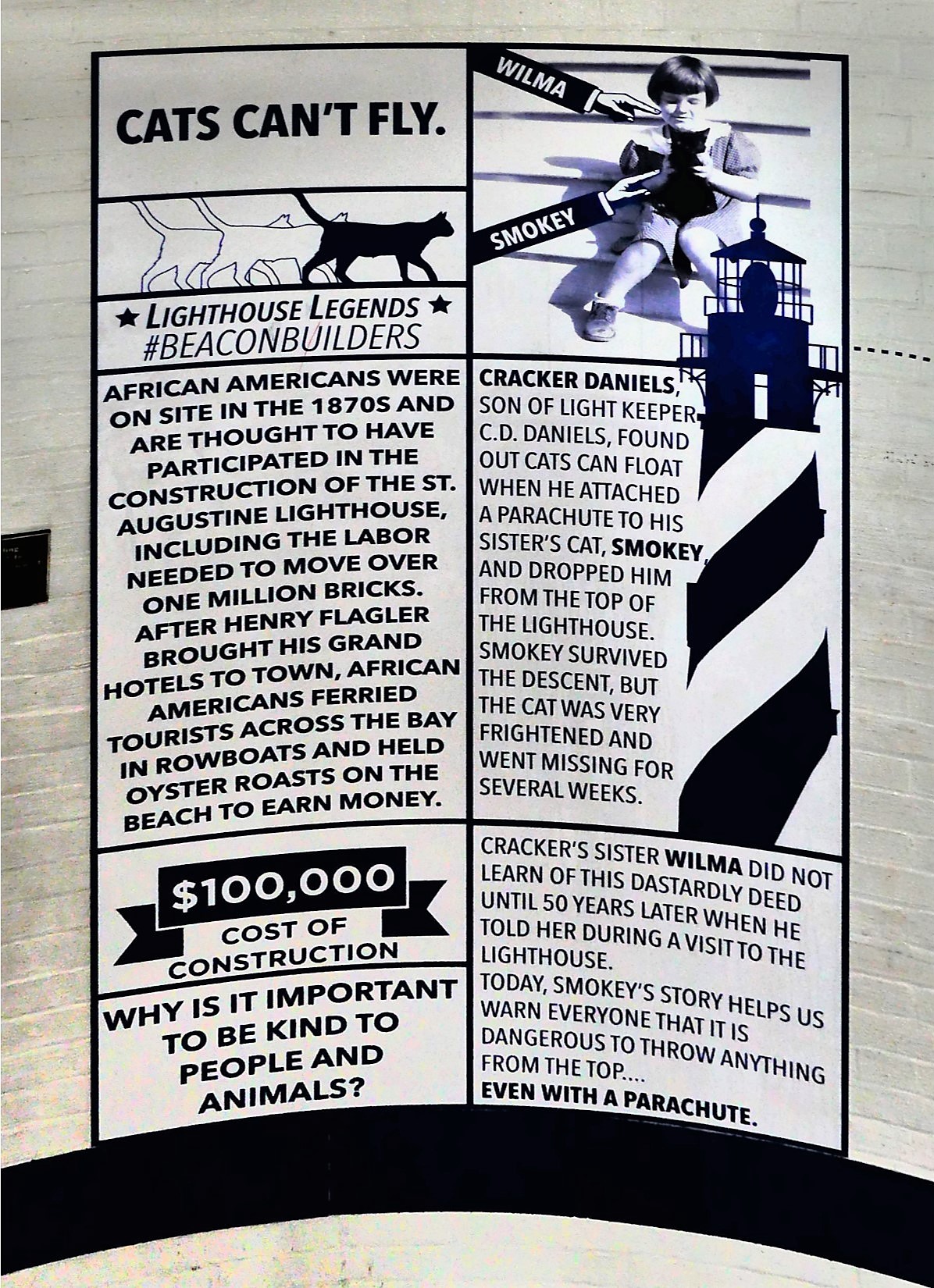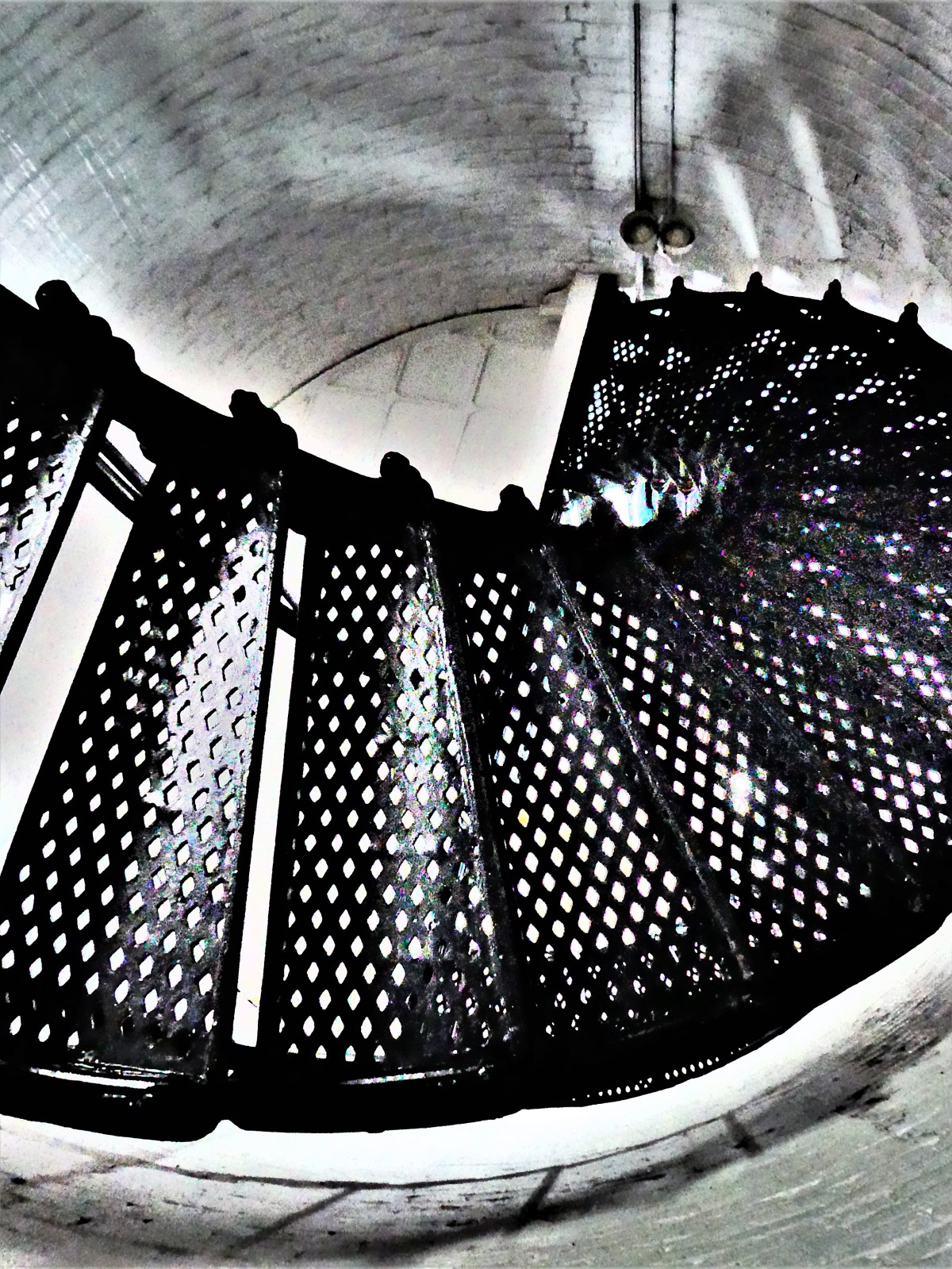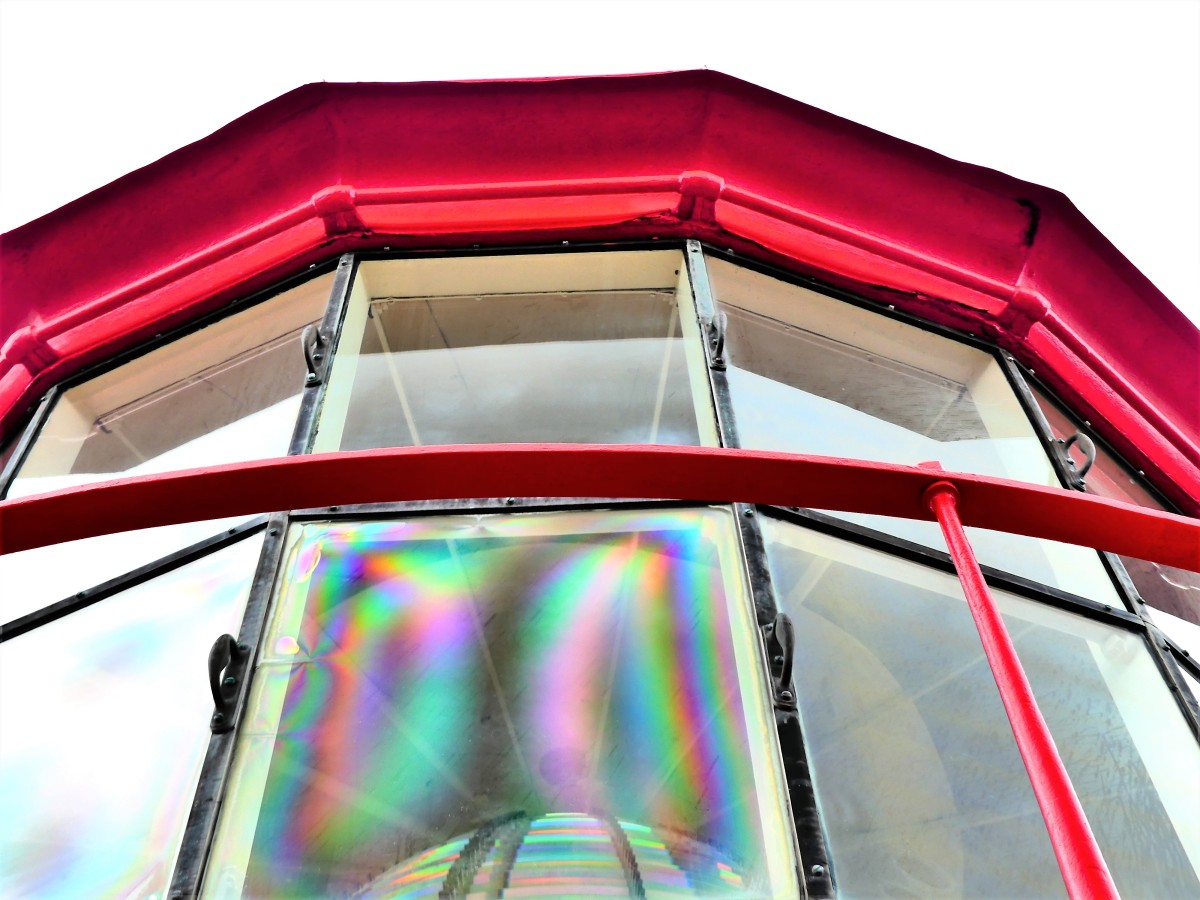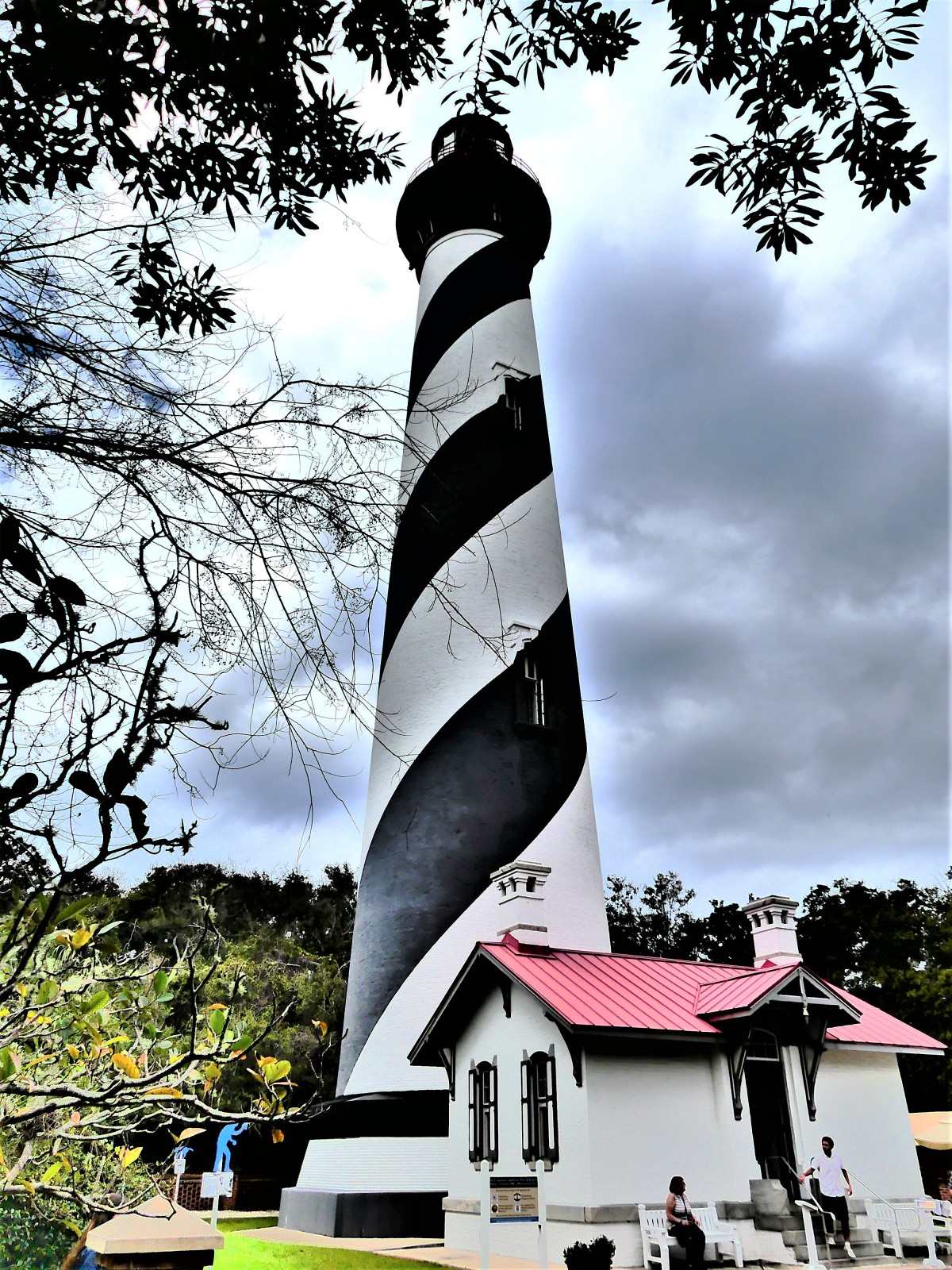Imagine playing recreational golf with one driver, an iron, and a putter. Accessing the game would be so much easier without the expense of all those clubs. And when playing the course, think how much time could be saved between strokes by not having to decide which club to select for each shot.
While it’s not the perfect metaphor, I’ve approached photography with the same minimalist philosophy. I’ve been photographing with a Panasonic Lumix digital bridge camera (fixed zoom lens) for the past few years instead of lugging around equipment that I might use, but most likely never would.
How do I know this? Despite decades of shooting a variety of photography disciplines (landscape, nature, portrait, street scene, architecture, etc.) that required a variety of prime and telephoto lenses neatly arranged in my equipment bag, I’ve noticed that I’m rarely disappointed by the versatility of the LEICA DC VARIO-ELMARIT 24X optical zoom permanently mounted to my Lumix DMC-FZ300, while also freeing myself of a senseless burden that would invariably sink deeper into my shoulder with every step and slow me down.
It’s truly a remarkable lens for nearly all occasions! The range and reach of the camera’s 25 – 600mm zoom has seldom left me needing more lens, or regretting my camera choice in favor of a full-fledged DSLR…until now…since there are times I’m wishing I could gain greater detail by getting closer to my subject.
For instance, walking across a boardwalk over marshland strictly limits my ability to get closer to wildlife. The following photograph is a hand-held shot of a heron that caught my attention at a scenic overlook while hiking along the Guana Loop of Guana Tolomato Matanzas National Estuarine Research Reserve (GTM).

At 24X zoom, the image is acceptable, but if I choose to isolate the heron by cropping the bird to full frame, the resolution suffers greatly. Ideally, a tripod could have provided better image clarity, but the digital noise would still remain the same.

However, I discovered another available option that allows me to get a bit closer without relying on the camera’s built-in digital zoom–which I’m inclined to deactivate since I prefer to shoot RAW. Years ago, Lumix created a 1.7X tele conversion lens with adapter, extending the optical zoom to 40.8X, or the equivalent zoom range of 1020mm. But alas, this accessory has been discontinued.
Fortunately there’s a secondary market for almost everything photographic, so after a brief visit to the internet, I found a seller on eBay that offered the requisite 1.7X tele converter, a close-up lens, mount adapter, and tripod mount ring, all for a fraction of the original price of the tele lens.
And I bought it!
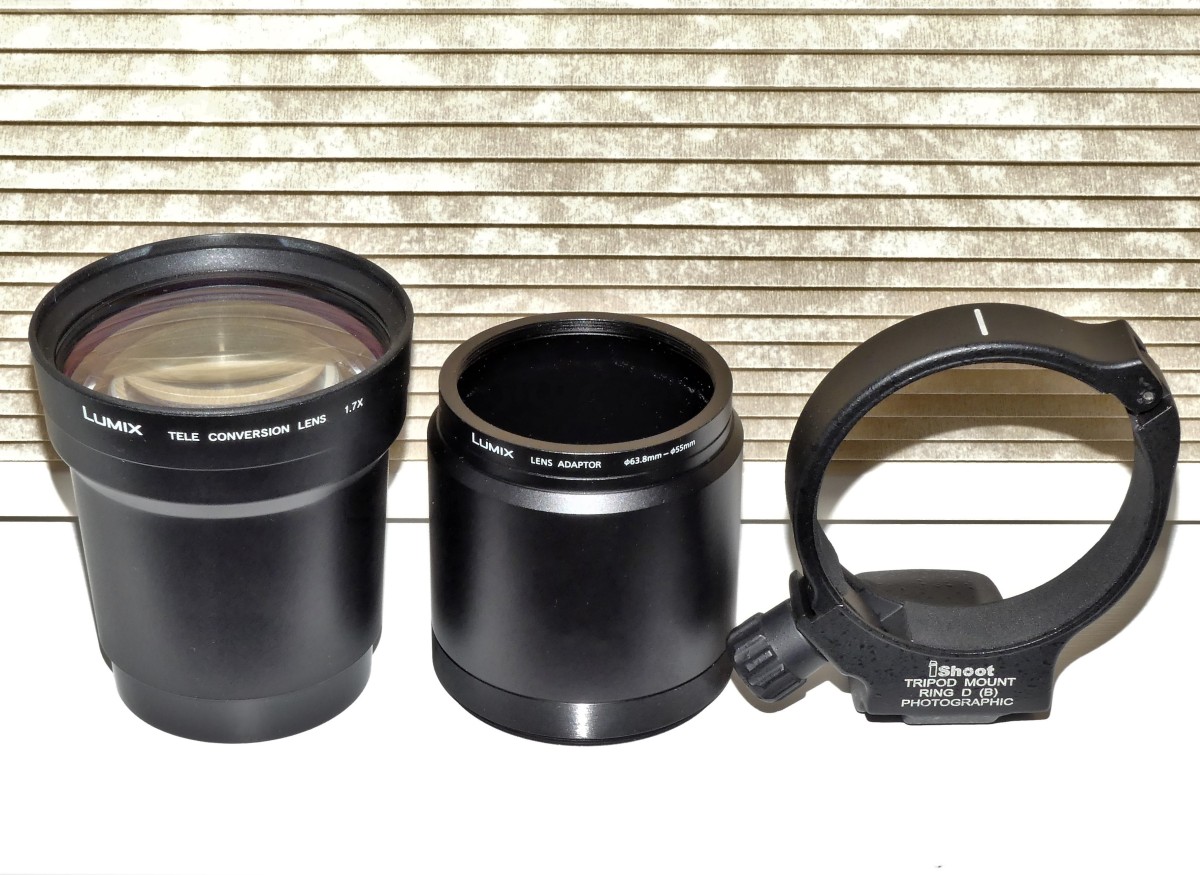 Having traveled to the GTM with my new/used acquisition, and having survived the burden of carrying extra gear, I assembled the lens and carefully threaded it onto the existing camera lens. I planted my feet, braced myself and shot the heron again!
Having traveled to the GTM with my new/used acquisition, and having survived the burden of carrying extra gear, I assembled the lens and carefully threaded it onto the existing camera lens. I planted my feet, braced myself and shot the heron again!

A side by side comparison tells the story…
The image on the right is noticeably cleaner, even though the focus appears to be a bit soft, informing me that capturing a crisp, hand-held shot at 40.8X is not my specialty, and probably ill-advised.
Ugh! So now I’m forced to carry a tripod or monopod to make better use of the lens extender. Oh, well. There goes the economy of my photography.

Then again, I could simply stick to the limits of the original lens…

but then again, with an impending trip to photograph big game animals in Africa at the beginning of May, I’m much better off adjusting to three golf clubs instead of one.
































